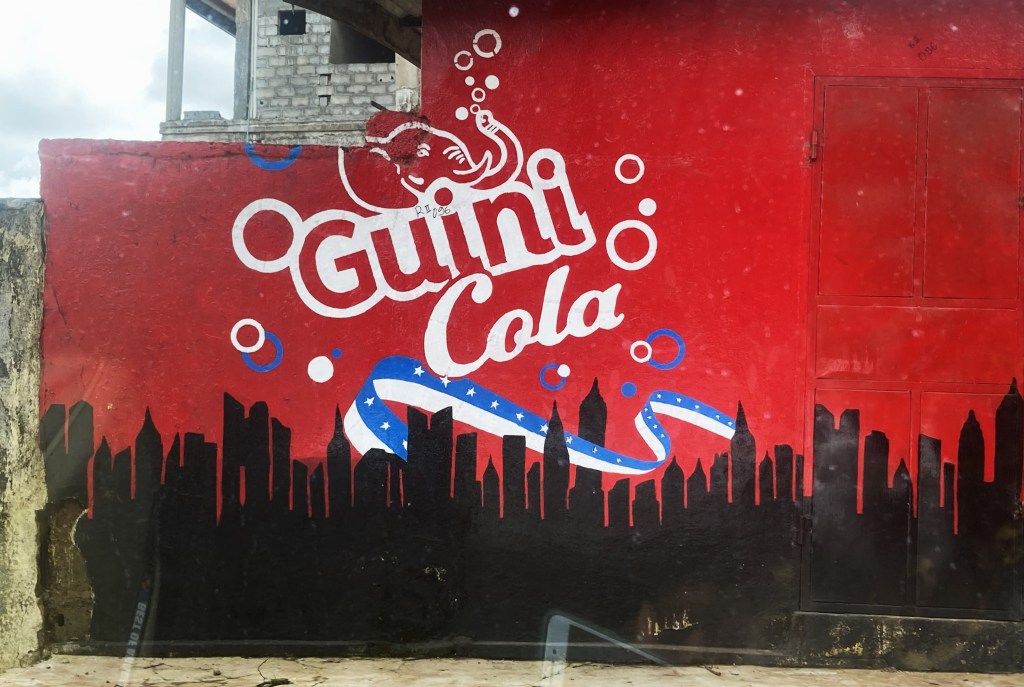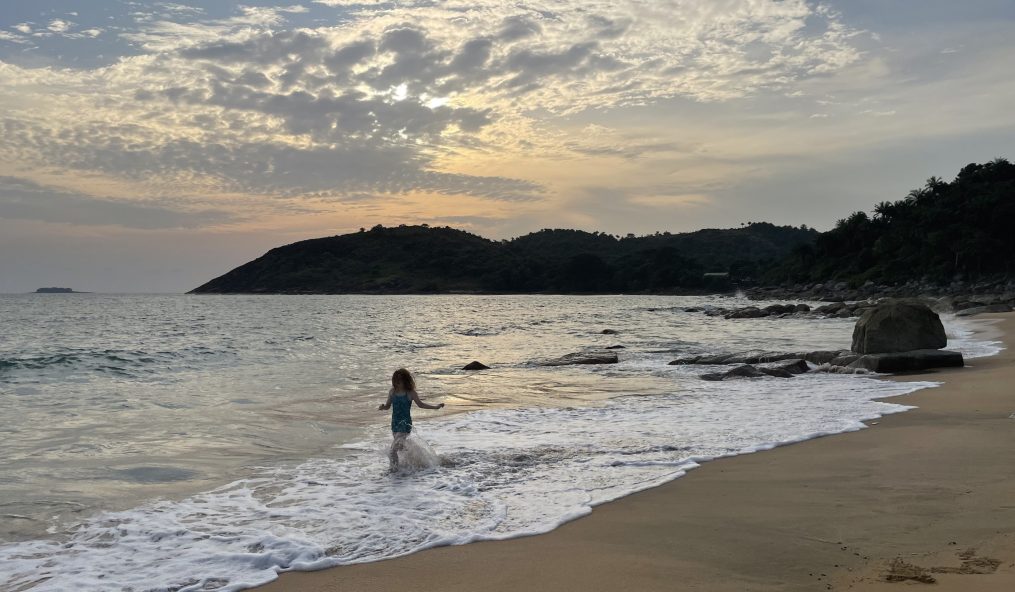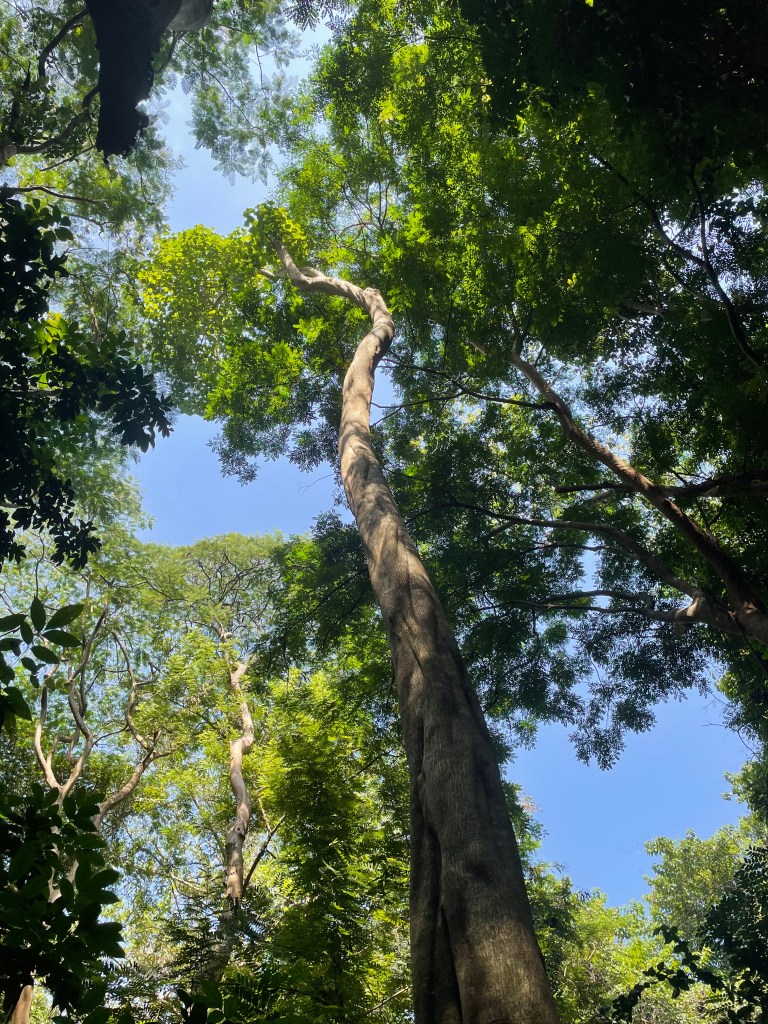There is no one path in the Foreign Service. Generalists like myself and specialists, who may work as IT, office management, medical, or security experts, will naturally have different jobs and pathways (for example security personnel have more domestic assignments that are in more places around the U.S.) and there are differences between the generalist’s cones (Political, Economic, Management, Public Affairs, and Consular), yet even within a cone there is a wide difference from one person’s career to the next. There are those who may spend most of their career overseas, rarely spending time in Washington. I know at least one person that I can point to that in a 20+ year career has done only one two-year tour in Washington. Others may spend more time in DC. Some prefer hardship posts – going from Monrovia to Haiti to Caracas and Tegucigalpa. Others somehow end up in mostly “garden” posts: from Costa Rica to Taiwan to Iceland and Latvia. Still, others like to alternate their hardship and plum postings.

I have mostly pursued postings in locations often considered more challenging (though any post, even in the most developed and beautiful of locations can have its challenges). I also wanted to experience different aspects of the Foreign Service life. I have been to both Embassies (Lilongwe and Conakry and even Jakarta in my Defense Department days) and Consulates (Ciudad Juarez and Shanghai). Also, large posts (Ciudad Juarez and Shanghai) and small (Lilongwe and Conakry). I went to a post with danger pay (Ciudad Juarez had 15% danger pay at the time). I went to posts with language requirements (Ciudad Juarez, Shanghai, and Conakry) and without (Lilongwe). I went to posts that allowed for a consumable allowance to bring in additional foodstuffs and other disposable goods (Lilongwe and Conakry). I went to posts with paid-for Rest & Relaxation tickets (Shanghai, Lilongwe, Conakry). I extended at one post (Lilongwe) which resulted in doing a mid-tour home leave. And now, I have added another foreign service experience: curtailing from a post.
A curtailment is the cutting short of a tour of duty. So, surprise! C and I have left Guinea.
I never thought I would curtail from a tour. I knew Guinea would not be a walk in the park, that it would have challenges, of course. Honestly, for me, that was part of the appeal. But Guinea proved much harder than I expected.

It is difficult to pinpoint any one thing that led to the decision as it was a combination of so many things. First and foremost: I did not arrive at this tough assignment 100%. Like many people, the COVID-19 pandemic wore me down. I pushed through the first 16 months of it in Lilongwe. Not that it was easy, but it started off novel, even oddly exciting, and we were in a country and me in a job where we had already been for over 2 1/2 years before the pandemic. Then it was back to the U.S. for Home Leave and 9 1/2 months of training on Zoom as the pandemic continued. The French language training had not been good for me. Perhaps it was the combination of online training, teachers whose style did not work for me, and pandemic fatigue, but when I headed to Conakry at the end of June 2022, I was mentally drained.
Timing is an important factor in life, and I now believe that arriving at the beginning of summer was an unfortunate one for us. After this experience, I do not think I would want to do that at any post, though in a hardship, difficult-to-staff post like Conakry, I think it was all the worse. I arrived at a gutted Embassy. The summer transfer season was already in full swing with many positions gapped as predecessors had departed and their successor not yet arrived. This included my own section. The previous Political/Economic Chief had departed in early April; her successor would not arrive until mid-August. The Economic Officer was on a two-week holiday for my first two weeks. One of our locally employed staff political assistants was in DC on training. Another was sick my first week. An eligible family member hire left a few days after my arrival with no replacement lined up. The locally employed economic assistant position was vacant for over six months. Basically, in my normally eight-person section there were two of us, and I was brand new.

Other staff at the Embassy basically fell into three categories: short timers who had little time to talk with me as they were leaving post the next day, the next week, or two weeks later; those about to leave on long summer vacations; and those frazzled individuals covering two or more positions due to the vacancies. No one seemed to have time for us. Now for myself, I had my job. A job that I was struggling to work out as issues immediately cropped up and I had little or no information to go on and few people to ask, but still, I had something to focus on. My daughter, however, arrived at the beginning of a long summer holiday knowing no one. Twelve school-aged children in the Embassy community had just departed; only C had arrived. The remaining Embassy kids all departed on six-week holidays within two weeks of our arrival. Every last one of them. Other Guinean and expat kids in our building also took off on long holidays. I felt bad leaving my daughter at home with a brand-new nanny who spoke little English, while C spoke little French.
Once school began in late August and the vacationing kids returned, C quickly began to make friends, but that rough beginning had already colored our experience. But it was only some of the many issues.
There were also the protests. We had demonstrations in Malawi too. There were several marches against corruption starting in 2018 and then many protests against the flawed elections of May 2019. In my experience, though, there were two big differences between the Malawi protests and those we saw in Guinea: In Malawi, the demonstrations tended to occur in the old town area, on the other side of town, or in the newer part of the capital where Parliament and government ministries were located (as well as the U.S. Embassy), i.e. away from our residences; the ones in Guinea, however, were more violent and much closer to home.

Just a week after arriving, protests erupted around the Bambeto traffic circle over the sudden arrests of several opposition leaders. Bambeto is just a hop, skip, and a jump from the Embassy and Kakimbo Towers. From our apartment, we could watch the scenes unfold down below as young protestors played a game of cat and mouse with Guinean security forces. As we heard gunfire, we received Embassy notifications that Kakimbo residents should stay away from the windows. C’s bedroom, with its floor-to-ceiling windows, faced that direction.
One might think that on the 23rd floor we would be just fine, and maybe so, but four weeks after our arrival, there were more protests around Bambeto with bullets piercing windows on the 15th and 17th floors. All in all, in our first four months in Conakry there were 11 protests that left at least 11 dead, hundreds injured, and more arrested. There was a time when a protest began on a Friday afternoon, and I was downtown at a work event. Due to traffic avoiding the main thoroughfare Rue de Prince, auxiliary roads became parking lots. It took my colleague and I nearly 2.5 hours to travel the nine miles from the Justice Ministry to the Embassy. All the while I was wondering about my daughter and nanny and if I would be able to get home. One protest day we were asked to stay away from the windows on both sides of the apartment as on one side police action involved firearms against demonstrations and on the other side police were setting fire to squatter homes in the nearby ravine.
C and I were also twice nearly blocked from entering the Kakimbo compound gates when protests erupted while we were out at school functions. We could also look down into the neighborhood behind us and, on one particularly vivid occasion, we watched the security forces in riot gear methodically moving through the winding streets, searching homes, launching tear gas, occasionally shots to the air, while we could also see persons, including children, fleeing. While I found the protests both disturbing and politically fascinating, I grew concerned with how C had become inured to the sound of small arms fire.
There was also the traffic. Oh, the traffic. It affected everything. It made shopping and work meetings held outside the Embassy or travel anywhere in or out of the city all the longer. Nearly every blog post I have written about Guinea includes a traffic-induced delay anecdote. Sometimes I found it amusing, but always I found it exhausting.
C was also struggling with some aspects of school. I had hoped the small American international school would be able to give her the individual attention she needed, but her mathematics skills, not strong to begin with and only eroded during the pandemic, were apparently too far behind for her to catch up.

It was all of this and more – the lack of domestic travel opportunities and expense of international trips (i.e. the $1400 I had to pay to change our flights to Belgium in August due to protests potentially blocking access to the airport), the lack of families in the Embassy community and the isolation that brought in general and more so as a single parent, the difficulty in finding activities outside school for C, including facing the strong likelihood of her spending several long, lonely summers, and, let me be frank, difficulties I faced in trying to keep up with all the aspects of my own portfolio of human rights and politics during a particularly fraught political period in Guinea. I had the opportunity to work on some truly fascinating issues and my little political officer heart hummed happily, but my stress levels and mental exhaustion were high. I worked extra hours in the evenings and on weekends and had trouble sleeping. The situation was untenable.
Though it was a dark time for me when this came to a head, I am glad that I reached out to folks, and I found a lot of support. Although curtailment is not talked about often, and almost seems like a dirty word, it is not uncommon. Someone in a position to know told me that there is on average a curtailment by someone, somewhere every single week. And when I shared my news with friends, I found that I knew at least a dozen people who had also curtailed at some point in their careers. Every single one of them told me that it was the right decision for them.
I do not regret C and I going to Conakry. I was able to see some amazing progress on some key issues in a country that is on the cusp of great possibilities. It remains to be seen whether the government and the people can surmount the current problems and emerge better on the other side, but the opportunities are there. For years the country has promised but not delivered a trial to hold accountable those responsible for a September 28, 2009 stadium massacre and yet on the 13th anniversary of the event the government did just that. I spent a lot of time on this issue. Trafficking in persons is also a major issue for political officers and I was able to meet with many government officials and civil society working to counter this. I also worked with a great team on the professionalization and capacity building of the country’s police force. The Guinean staff in the Political/Economic section were absolutely amazing, though I found wonderful Guineans throughout our Embassy working alongside us to improve their country. We made some great friends and, despite the short time, got out to enjoy some of the culture and beauty of Guinea.
At the end of the year, C’s school held a “winter” concert and a craft fair. As I perused the craft tables, I came across this beautiful wood carving of the Nimba, the symbol of Guinea. Versions of this goddess can be found around the capital, from a roundabout in the old town to statues in lobbies of hotels or at the airport. The Nimba is a symbol of the Baga people of coastal West Africa, with a large concentration in present-day Guinea. The Nimba represents the mother of fertility, who is a protector of pregnant women and who presides over agricultural ceremonies. The Nimba represents the joy of living and the promise of an abundant harvest.
Knowing that we would soon leave Conakry, I bought it — my sole souvenir from Guinea. It is very fitting that I carry this symbol of Guinea with me. It is a symbol of joy and promise and new beginnings. I hope for both Guinea and for me and C.







